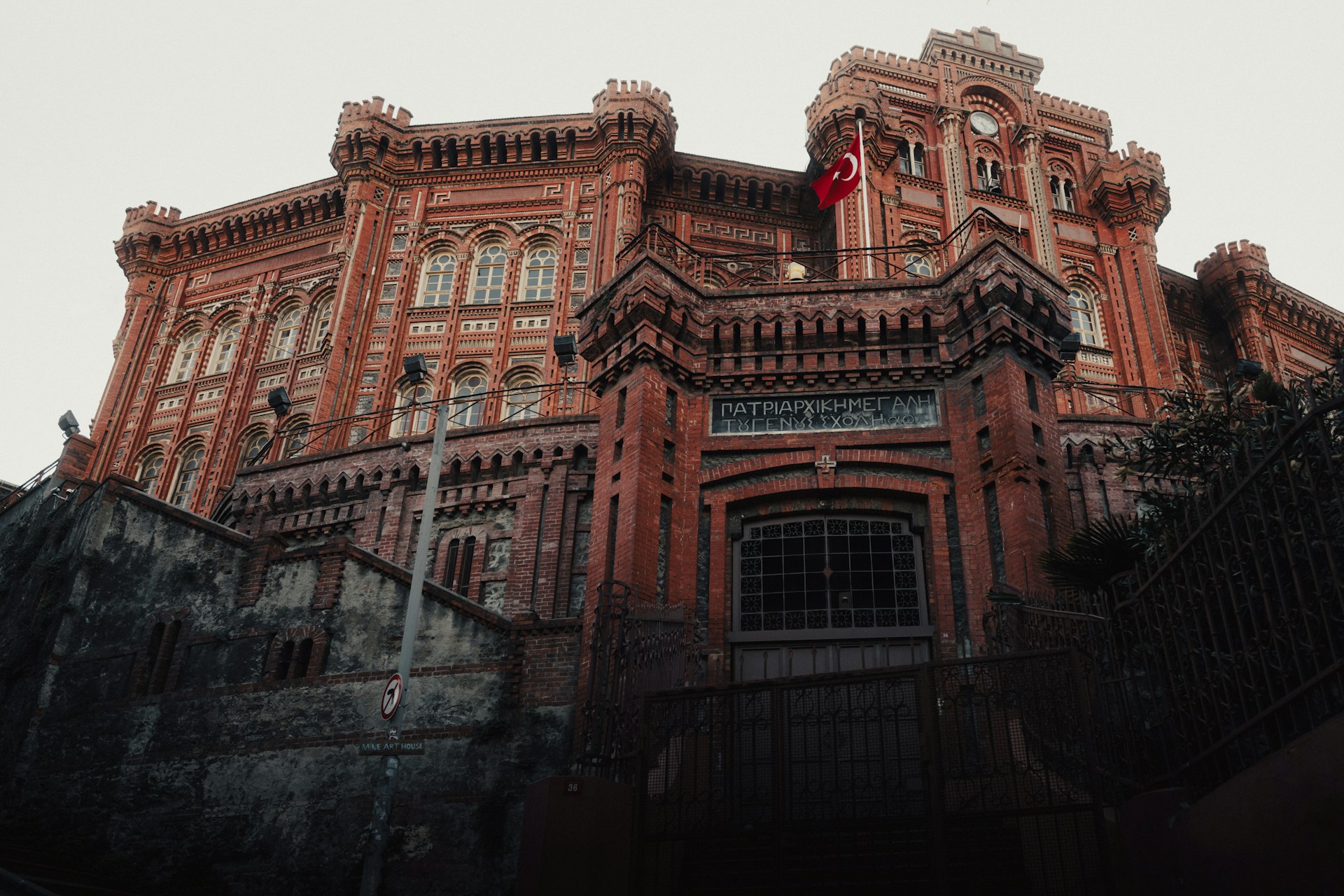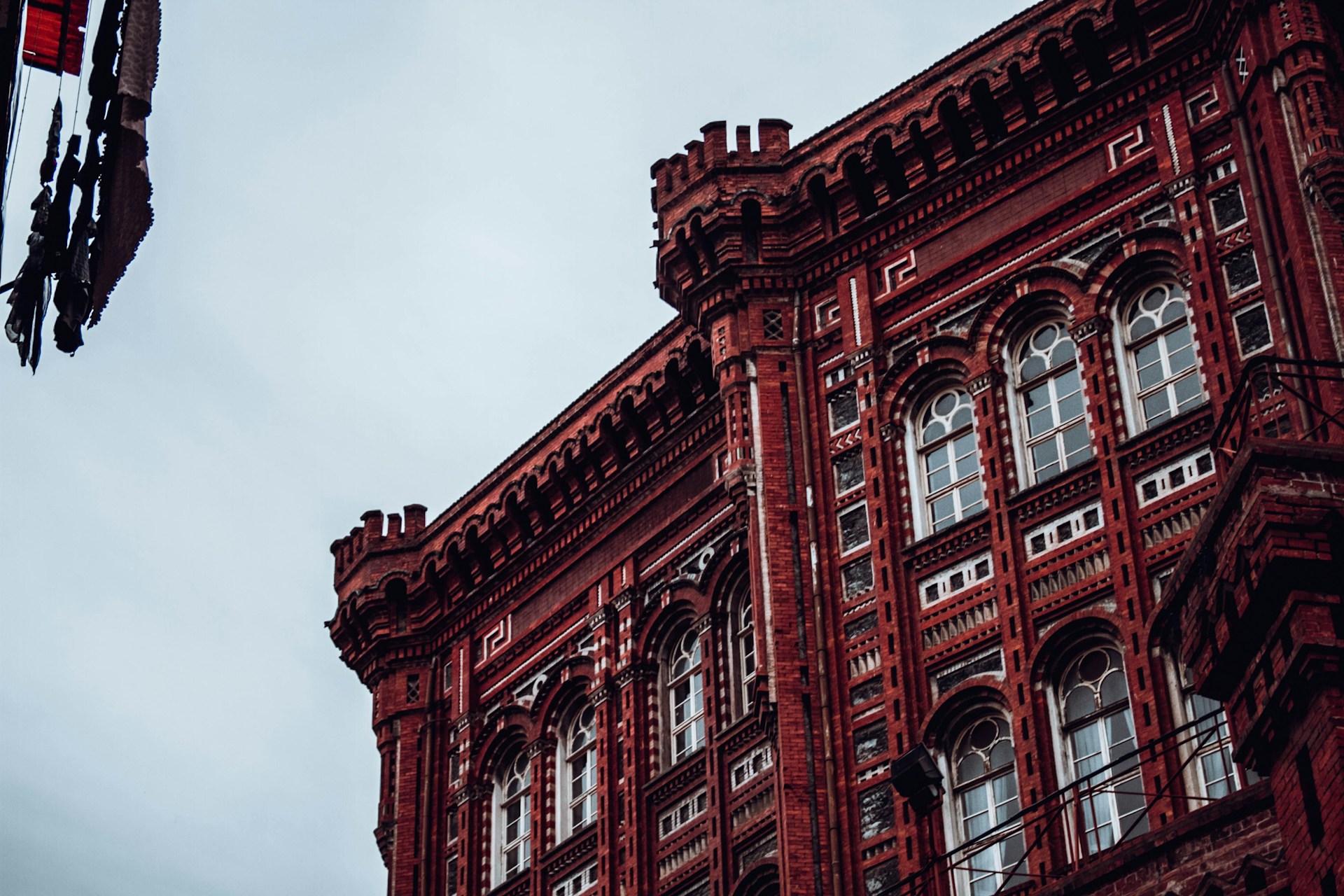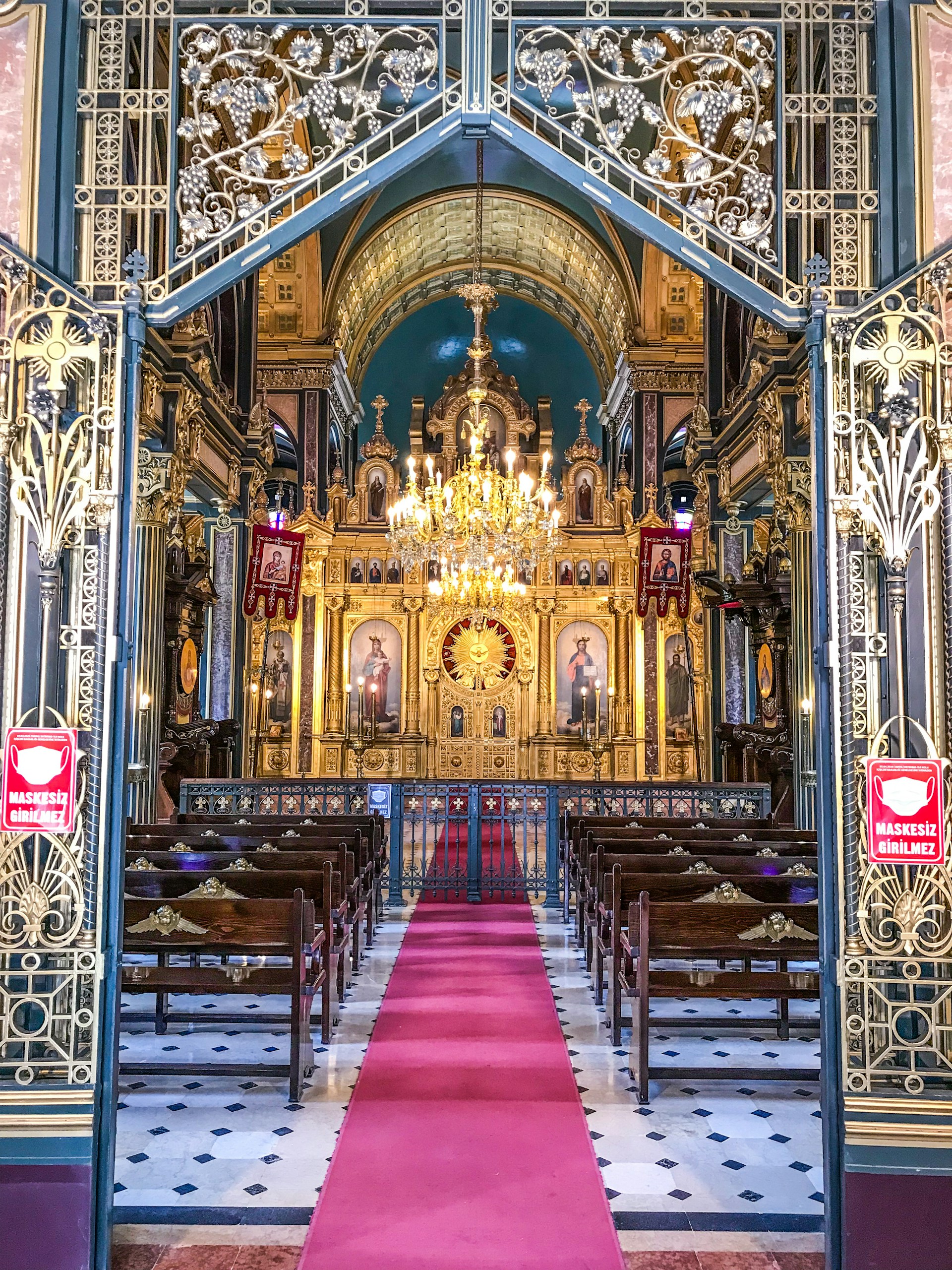Culture & Travel
29 March 2024Situated between the continents of Europe and Asia, the city of Istanbul has always been a focal point of interest for travelers from all around the globe. The historical peninsula of this dynamic city, which has been a meeting point of civilizations for centuries, exudes its ancient richness in every corner. Stretching from the iconic symbol of the city, Hagia Sophia, to Edirnekapi, this area hosts some of the world's most famous UNESCO World Heritage Sites, making it even more appealing.
Despite its historical significance and age, Istanbul doesn't dwell on the past. On the contrary, it remains a constantly evolving and vibrant city. For instance, the historic neighborhoods of Fener and Balat, which once hosted various religious minority communities, now welcome visitors from all over the world. These enchanting neighborhoods listed in the UNESCO World Heritage List boast century-old houses and historical landmarks still used for their original purposes. In this article, we delve into Fener and Balat areas, which we might have visited dozens of times yet may not fully grasp their history.

The Few Beauties of Istanbul That Are Still Undiscovered
Tired of crowded tourist destinations and long queues? Fed up with the same old sites and street food vendors? Well, it's time to explore the historic districts of Fener and Balat in Istanbul. These areas are less known compared to other popular spots in the city and often overlooked by visitors.
Fener and Balat hold a rich cultural heritage and are believed to be among the oldest neighborhoods in Istanbul. Listed in the UNESCO World Heritage List, these neighborhoods stand out from the rest of the city with their unique atmosphere and architecture. However, despite their historical significance, they remain largely undiscovered by tourists.

Fener with its Fascinating Red Silhouette
Visitors to Fener will encounter communities still tightly knit, worshipping in houses painted in various colors. Accessible within a half-hour walk from the Golden Horn, this historic neighborhood, known as the most important Greek quarter of the city, owes its prosperity to the encouragement of Orthodox Christians to settle here by the Ottoman sultan after the conquest of Constantinople. Its still-standing remarkable architecture serves as evidence of its rich history.
Fener hosts many significant places of worship, such as the Istanbul Greek Orthodox Patriarchate and the Church of St. George. Moreover, it holds a fundamental place for 250 million Orthodox Christians worldwide, akin to the Vatican. Additionally, the red-brick-built Greek Orthodox College overlooking the Golden Horn stands as another symbol of the neighborhood. Also known as the Fener Greek Orthodox School and the Fener Greek Orthodox Lyceum, this institution holds the title of being the longest-operating Greek Orthodox school in Istanbul, still active today. With its rich cultural and historical significance, the college stands out with its unique architecture. Although established in 1454, the current building was constructed between 1881 and 1883, exhibiting a unique blend of architectural styles reminiscent of a medieval fortress, featuring materials imported from France.

Balat, the point where ethnic groups meet
If you want to experience Istanbul's colorful and diverse cultural heritage, look no further than Balat, the city's old Jewish quarter. If Fener is associated with the Greek Orthodox, Balat is known for its Jewish community. Visitors can admire synagogues, schools, and other religious structures still in use, attesting to the city's Jewish heritage, which dates back to the 15th century when Jews persecuted under the Spanish Inquisition were welcomed by the Sultan, who even sent a fleet to rescue them in Spain.
As Balat flourished, it became a meeting point for ethnic groups and is now one of Istanbul's most charming neighborhoods. Inclusion in UNESCO's restoration and urban planning in 2000 revitalized the district. Turkish TV series also focused on Balat, highlighting its unique architecture and captivating character.
In the Balat district lies the historic Ahrida Synagogue, one of Türkiye's oldest synagogue buildings. Built in the 15th century by the Romaniote Jews of Rumelia, it takes its name from the city they migrated from, Ohrid. The synagogue's splendid Baroque-style architecture, boat-shaped reading platform, and intricately decorated Holy Ark make it a sight to behold. Being one of the two ancient synagogues on the Golden Horn clearly demonstrates its historical significance.

Another notable structure is the Church of St. Mary of the Mongols, also known as the "Bloody Church." This remarkable Byzantine-era building is one of the oldest in the city and has retained its ancient splendor despite suffering damage several times. What truly makes this church unique is that it's the only Byzantine-era church in Constantinople, alongside Hagia Irene, not converted into a mosque by the Ottomans. This is attributed to a donation made by the Greek architect Christodoulos' mother, allowing Sultan Mehmed II to maintain the church for the Orthodox population. While the building may be painted red, the name "Bloody Church" originates from its role as the site of the last futile resistance of the Byzantines against the Ottomans during the fall of Constantinople.



